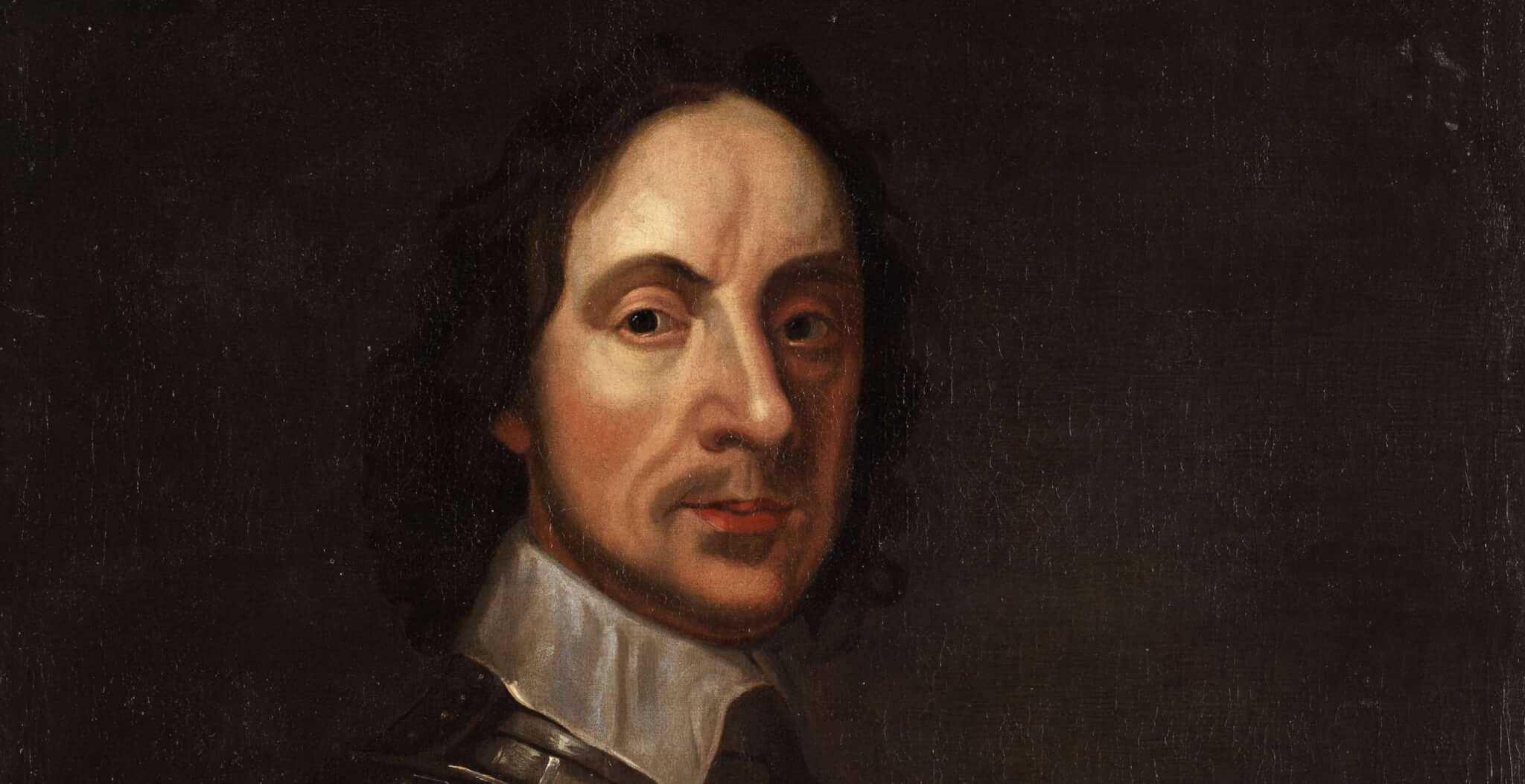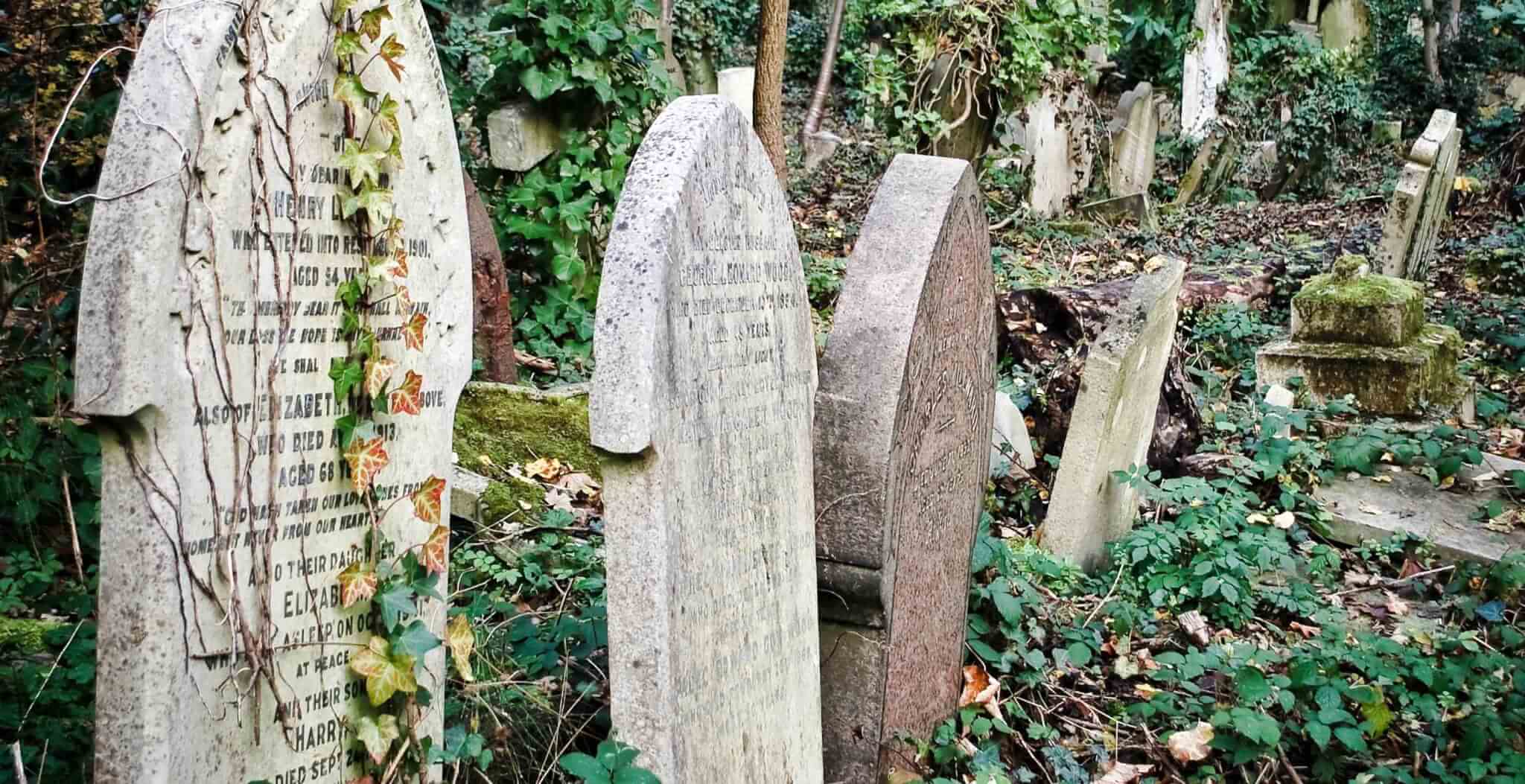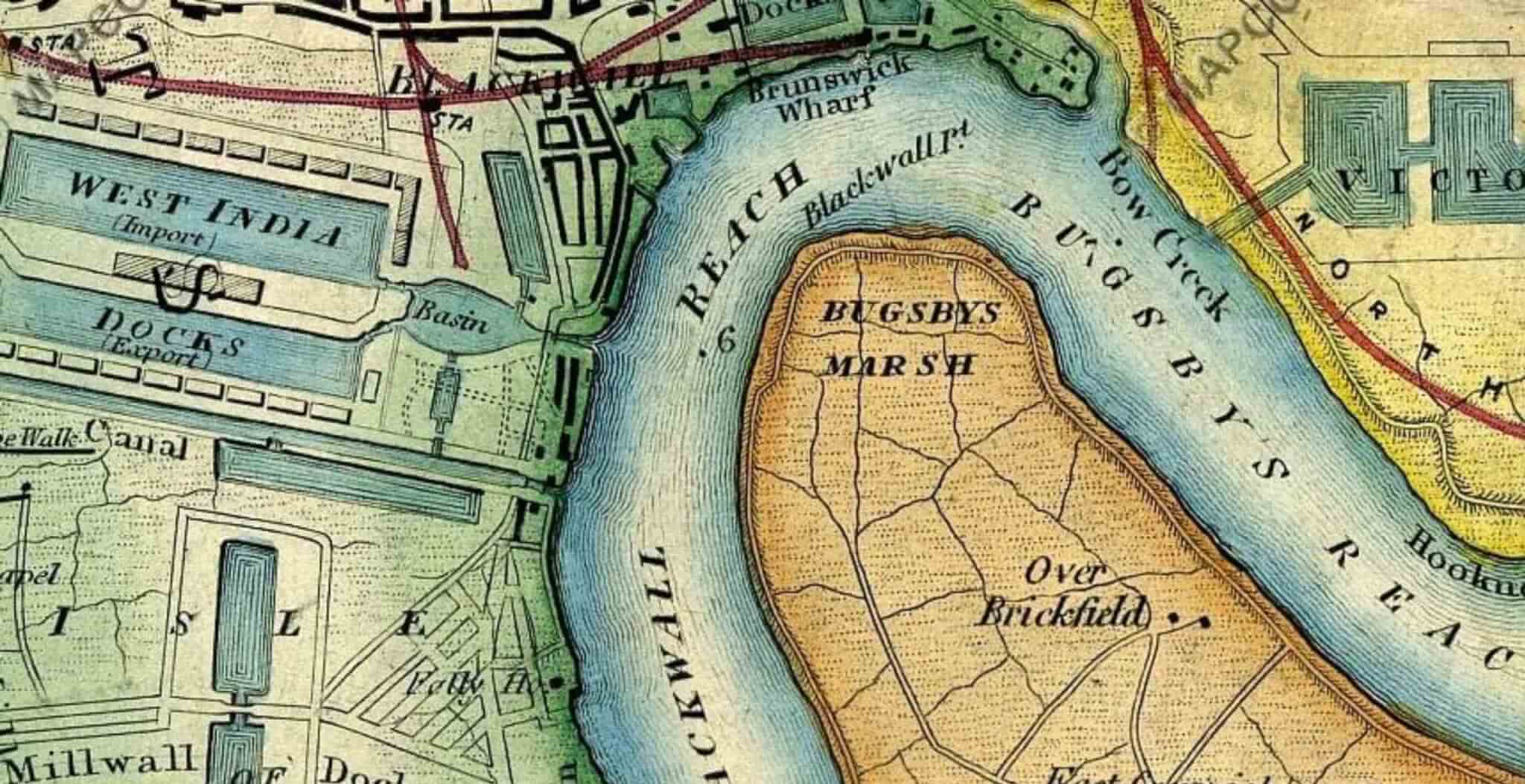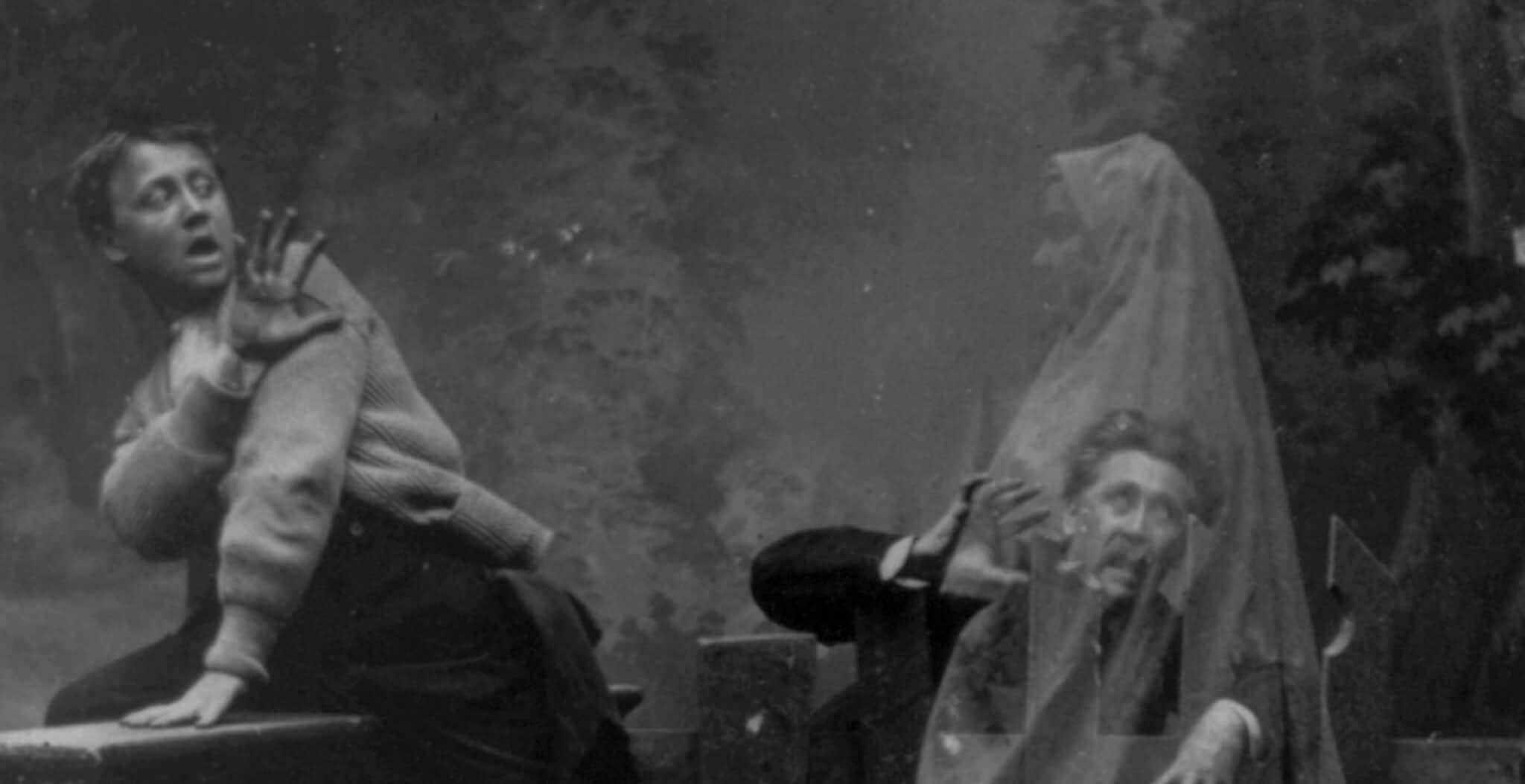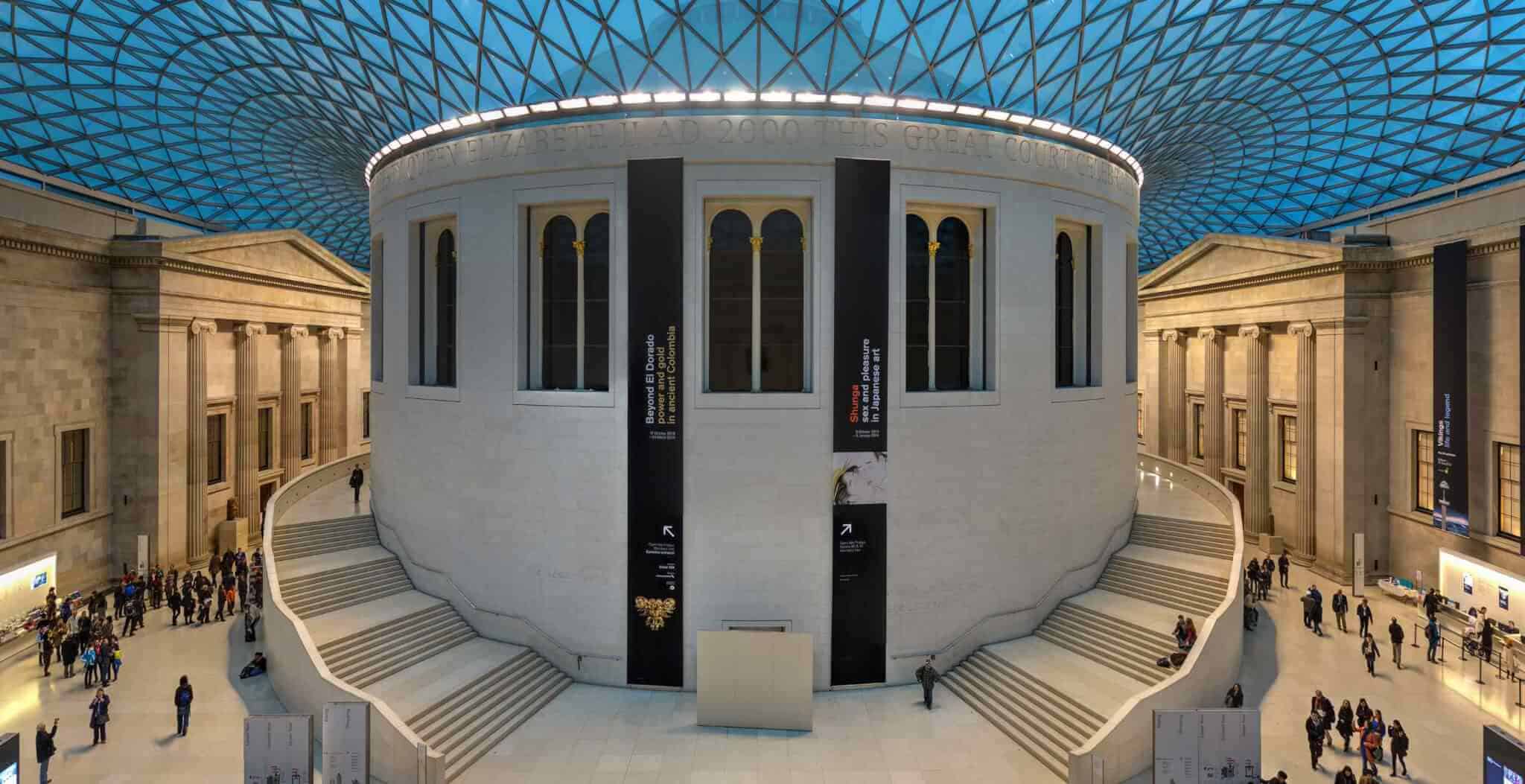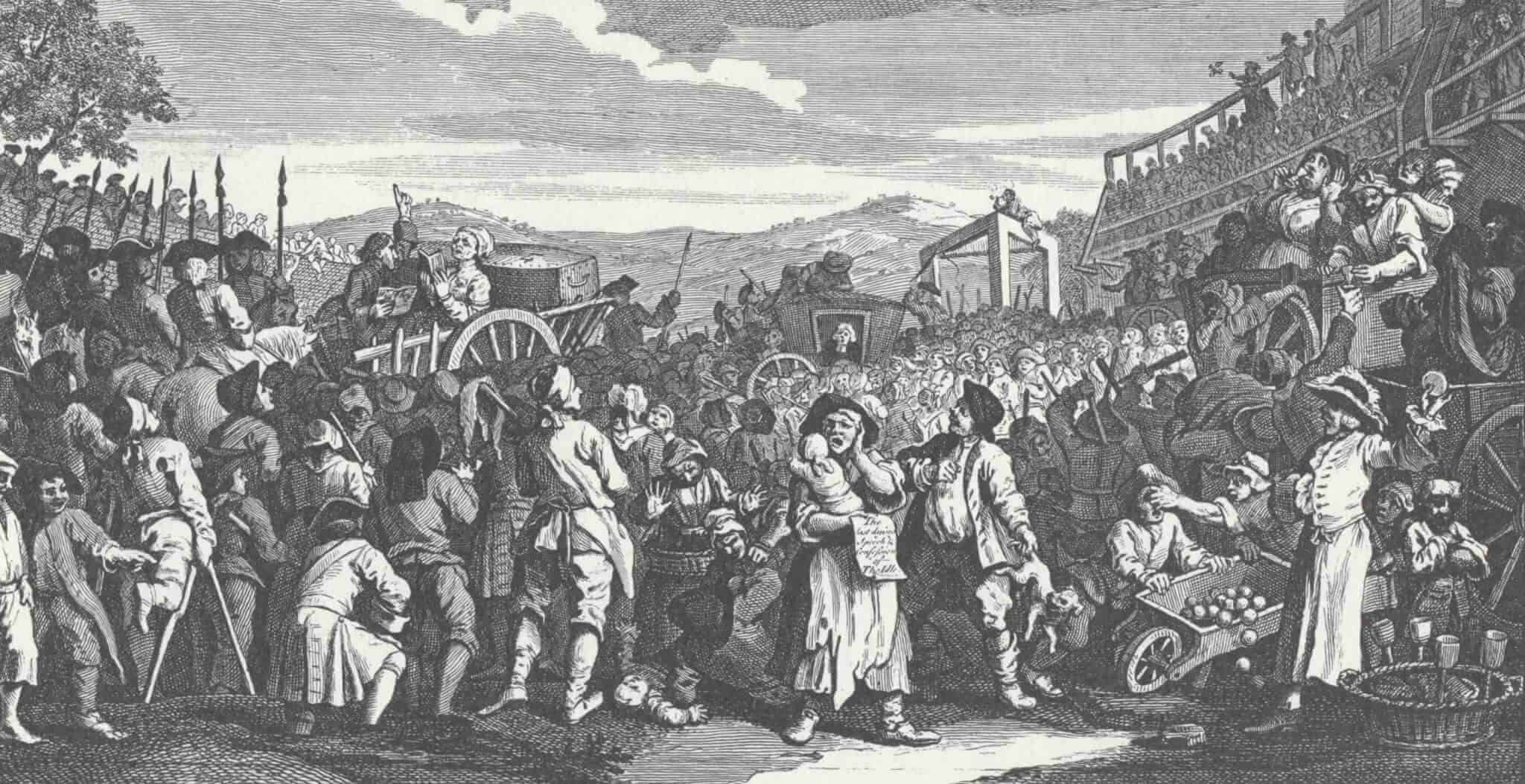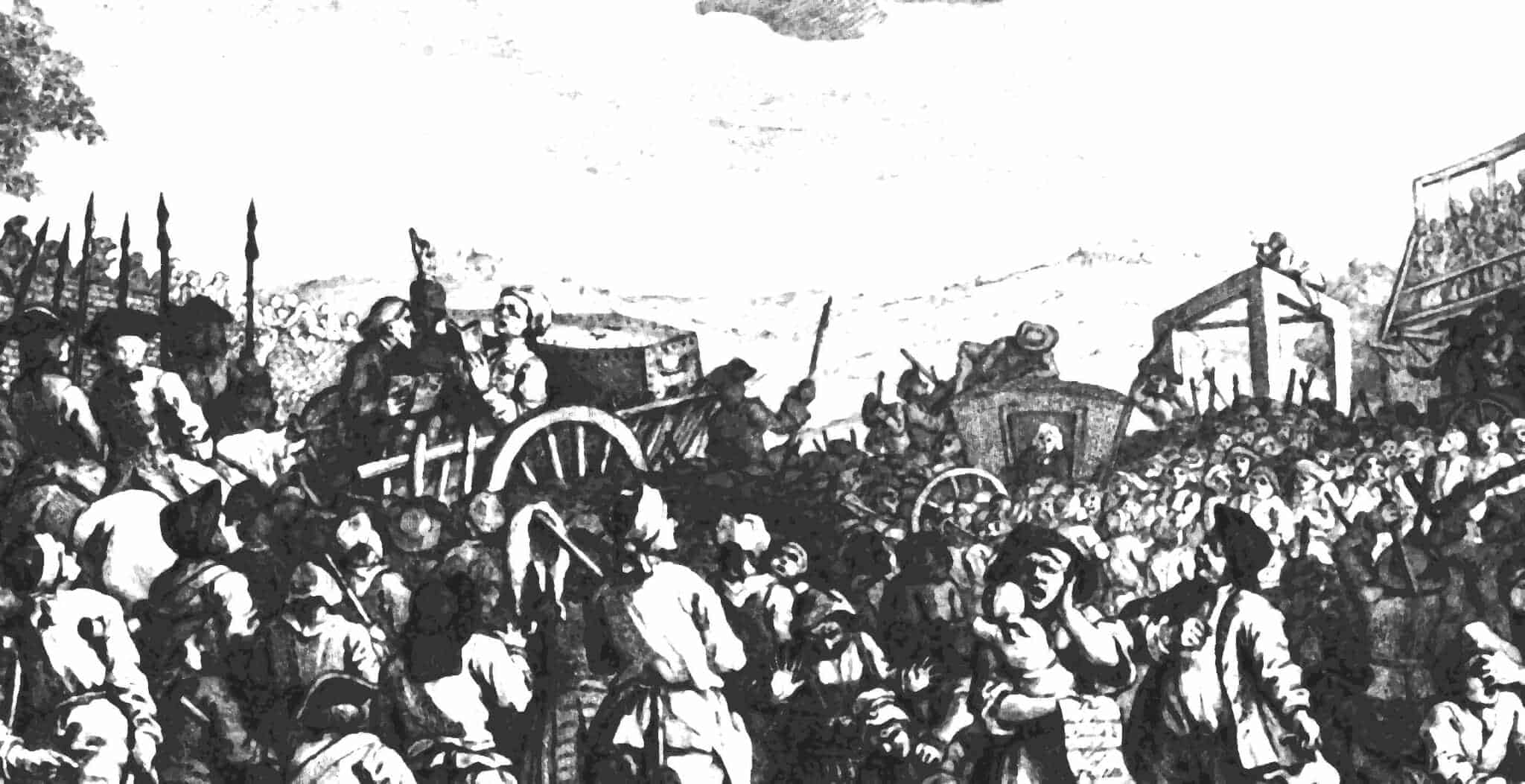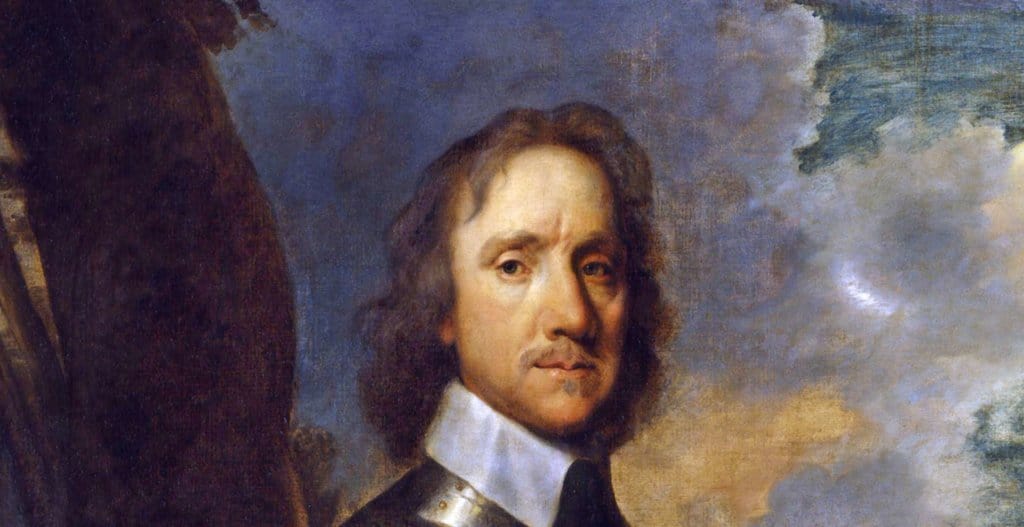Named after the local Red Lion Inn and hidden away in Holborn, this small public square has a very intriguing history. Red Lion Square has been the scene of a pitched battle, is the possible resting place of Oliver Cromwell’s body (but maybe not his head), is reputed to be haunted and was home to several distinguished folk, including William Morris and Dante Gabriel Rossetti.
This area was originally Red Lion fields, so called because they were at the back of the local pub, the Red Lion (Lyon) Inn.
Legend has it that it was to this very inn in 1661 that the bodies of Oliver Cromwell, his son-in-law Henry Ireton and the judge John Bradshaw were carried before being taken to Tyburn to be hanged the following day.
Cromwell had died in 1658 and had originally been buried in Westminster Abbey. However, following the Restoration of the Monarchy in 1660, the new Parliament ordered the bodies of Cromwell, Bradshaw and Ireton to be disinterred, posthumously tried and executed at Tyburn. They were seen to be the men chiefly responsible for the execution of King Charles I.
And so Cromwell’s body was removed from Westminster Abbey and, according to several sources, brought on a cart with the other two bodies to the Red Lion Inn, where they remained overnight before being hanged at Tyburn. After being gibbetted, the bodies were beheaded before being buried in a pit by the gallows. The heads were then displayed from the roof of Westminster Hall.
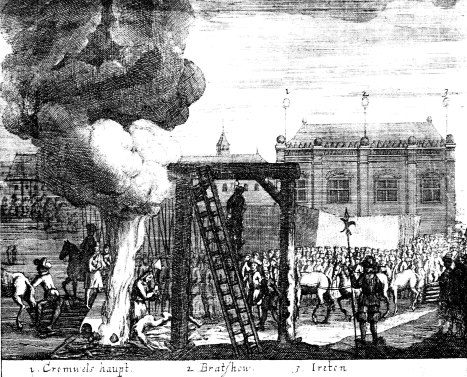
However during the night at the inn, the bodies were allegedly exchanged and the true remains buried in a pit in the fields behind the Red Lion Inn. Indeed, rumours abound of the ghosts of Cromwell, Bradshaw and Ireton haunting the square…
Some years after this gory event, the property speculator Nicholas Barbon saw the possibilities of developing the 17 acre site for a new housing project and the area was laid out in June 1684. However the lawyers of nearby Gray’s Inn objected to losing their rural surroundings (some of the gentlemen at the Inn had houses that backed onto the fields) and the building scheme was met with fierce opposition.
The lawyers took their case against Barbon to court, arguing that if the fields were developed, this would result in the loss of their ‘wholesome air’ and be detrimental to their health. However as the land had been purchased legally, they lost the case.
Refusing to give in, on the 10th June a pitched battle broke out between the workmen and around 100 lawyers armed with bricks and other sundry building materials. The subsequent disorder resulted in many of the men on both sides being injured. Led by Barbon himself, the workmen won and the building work continued. Ironically, some of the early tenants were lawyers from Gray’s Inn!
Whilst the new houses were well built and neat, the square in the middle was allowed to deteriorate into a dumping ground for rubbish and a hangout for thieves and vagabonds. This wasn’t unique to Red Lion Square, it was a common scenario with many other similar developments in London at the time.
In 1737 the situation was so bad that the occupants applied for and were granted an Act of Parliament to allow them to levy a rate to ‘beautify’ the square. It was subsequently enclosed with railings and four watch-houses were built at the corners. A stone obelisk was also erected around this time in the centre of the square, bearing the inscription “Obtusum Obtusioris Ingenii Monumentum. Quid me respicis, viator? Vade” roughly translated as “Obtuse monument of a more obtuse character. Why do you look at me, traveller? Go”. Tradition has it that this obelisk marked the spot where Cromwell’s body was buried. However, as the motto seems to be deliberately misleading and undecipherable, we will never know.
The renovated square became fashionable and popular with the professional classes. In 1817 over half the houses in the square were occupied by solicitors, lawyers and doctors as well as wealthy merchants.
A notable resident of the square was John Harrison, the world renowned inventor of the marine chronometer, who lived at number 12, where he died in 1776. There is a blue plaque dedicated to him on the corner of Summit House.
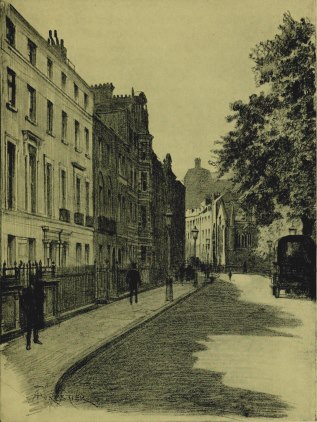
In 1851, Number 17 was home to the poet and painter Dante Gabriel Rossetti, founder of the Pre-Raphaelite school of painting, who rented rooms there. He recommended the rooms, despite their ‘dampness and decrepitude’, to his friends William Morris and Edward Burne-Jones who moved into the square in 1856.
William Morris, an inspirational member of the Arts and Crafts Movement, went on to open a furniture shop with Rossetti, Burne-Jones and Charles Faulkner at 8 Red Lion Square, which became Marshall, Faulkner & Co.
Badly damaged by bombing during World War Two, only a few of the original houses still survive. Numbers 14 to 17 were built around 1686 but given a new façade in the 19th century.
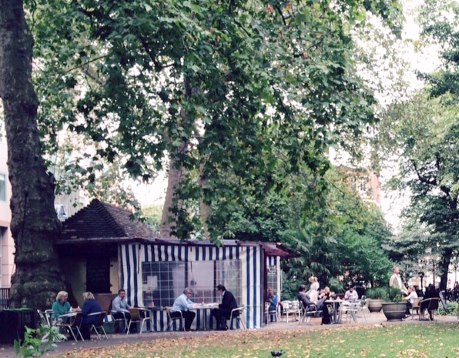
The garden in the square has been managed by London County Council since 1895 and is open to the public. A pleasant place for a cup of tea or coffee (there is a small café), it contains various commemorative statues including a bust of Nobel laureate and philosopher Bertrand Russell and a statue of Fenner Brockway, politician and anti-war activist.
Getting here
The nearest underground station to Red Lion Square is Holborn: please see our London Transport Guide for further information.
Tours of Historic London
Find out more about this great city by browsing our Selected Tours of London.
